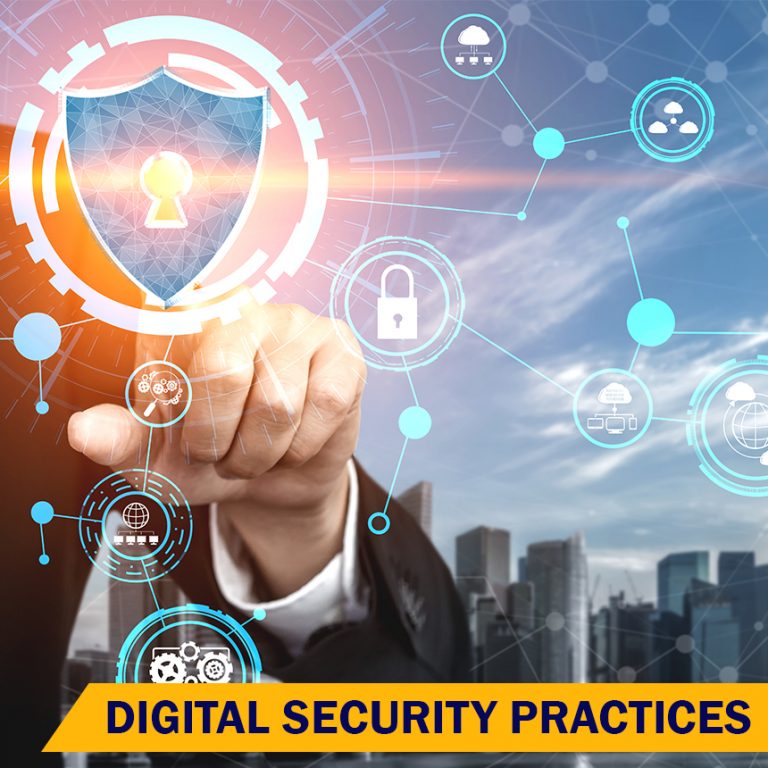
The COVID-19 pandemic has disturbed our natural way of doing things, and this is eminently true of how employees go to work. As millions of people transition towards working from home as a part of social-distancing precautions, many business analysts are predicting that there will be a lasting impact on where we work after the pandemic ends.
Working from home has endless benefits, but it also needs attention around device safety. Organizations require to make sure that their data is protected and resilient outside the security of the workplace.
Indeed, remote work has numerous benefits for employers and employees. Many employers have given feedback indicating increased retention while also being able to reduce office expenses.
Despite these possibilities, remote work also presents various hurdles-one of the most significant threat being how to keep work-related data protected while someone is accessing it from home.
The real issue for cyber-security, if not productivity, but to thoroughly protect networks and devices. However, proactively addressing cyber-security challenges by following the below-mentioned steps will allow your team to work remotely without jeopardizing your company data.
Related: Let GoFounders improve your team-building efforts
Require two-factor authentication:
The companies require two-factor authentication when employees log in to their accounts. Two-factor authentication adds a security layer to make sure that only the original account owner can access their account. A hacker can steal an employee’s password, but they presumably won’t have a phone that receives the verification code. They surely wouldn’t have a fingerprint, which is used in some devices. Adding this extra step to the login procedure can make all the difference in keeping the hackers out.
Two-factor authentication also serves as a type of alert when an unauthorized user is attempting to log in to an account. This will help remote employees understand when they require to change their password or contact you about a possible threat.
Audit account-access restrictions:
If the majority of your teamwork remotely now, it is a vital time to audit account access-restrictions, primarily if everyone operates within the same company dashboard. Information Security Form predicts that most of company security breaches are prompted intentionally by internal people.
Jeopardizing restrictive information, giving away account access, and various other, similar actions could compromise your company’s digital data. The more access one has to your internal dashboards, the more significant the threat. In that case, you should double-check all user accounts and make sure that remote workers have access to just the information they require to do their job.
In a time when most businesses are laying off employees to keep sailing, you should also be ready to remove account access from everyone who has been the cause. Data wipes and account suspension will make sure that an upset employee won’t take out their frustration on your company.
Related: 7 Things You Must Know About Shared Leadership To Run Your Modern Business
Ramp up user-training efforts:
While hackers are the root cause for the majority of data breaches, human error is also a notable contributor to cyber-security threats. Phishing emails are one of the most widespread threats facing employees, tricking them into clicking on fraudulent links that are intended to install malware or steal account information. These hacking attempts can be very complicated, even going as far as imitating official communications from within your company or its partners.
Nowadays, when employees are working outside the office, you should make doubly sure that they learn the dangers of phishing and other attacks. Teaching them to recognize fraudulent communications will keep many severe breaches from becoming an issue.
Provide remote security updates:
If you have already invested in firewalls and other cyber-security upgrades at your office, your employees may not have access to these cyber-security options now that they’re working from home. When providing company-owned devices, ensure that all firewalls and anti-virus software is fully up-to-date. The use of encryption can protect your data while your team is working remotely. With this, even if a hacker were to intercept a work-related file, they would be unable to open it. Data encryption can also keep someone from accessing files if they were to steal a remote worker’s device.
It is not clear how long the COVID-19 pandemic will need employees to work from home, but even after the virus goes, it is quite likely that there will be an enhanced desire for telecommuting opportunities. By taking these steps to keep business data secure when accessed remotely, you can have confidence in your company’s future.
Related: AI-Powered Teams For The Future: The Best Teammate You’re Yet To Have


